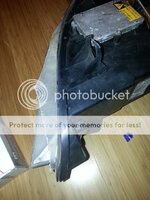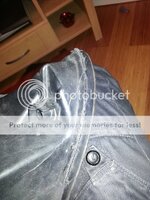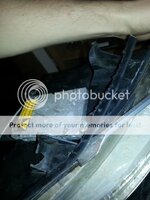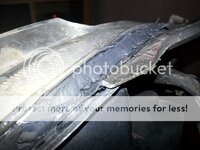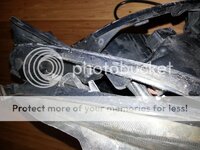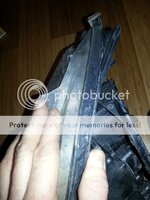RJS-Z4 said:
Cracking tutorial, but I can't but think you started FAR To harshly... 500 is the most I'd ever consider, and that'd have to be serious. 800 is normally OK.
As I mentioned in the first post I started with 320 because the lens had some deep storage scratches and pits from stones. It makes no difference to the end result because if I'd have started with 500 I would have removed as much material as with the 320 it would have just taken a lot longer. As long as you step up the grades right it doesn't really matter as the 500 removed the scratches from the 320. Then the 800 removed the scratches from the 500 etc...
Also remember I was using a da sander with an interface pad with light pressure.
I'd suggest anyone trying this out use the same method as machine polishing when determining what grade to start with. Maybe try starting with 800 or higher, if it's not working try 500 and so on. With this lens I actually tried 500 first but it wasn't removing the deeper scratches.
Just out of interest are you a detailing enthusiast or a painter or anything like that? Just wondering what sort of experience you may have






 as I typed clear I half expected a joke like that haha glad to be of service
as I typed clear I half expected a joke like that haha glad to be of service 
